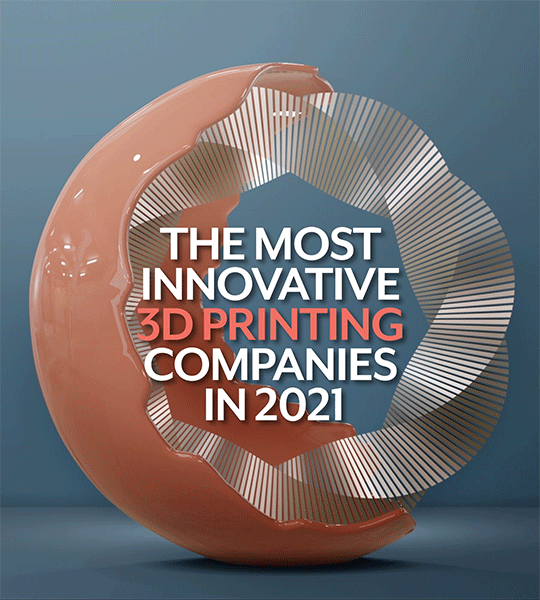Language
You can read the magazine in one of the following languages
Every artist knows that having a vision or several before you’ve even begun the process of prototyping is where the gold lies. When great ideas are combined with technology, the possibilities can take form. Some companies have managed to harness the capabilities of 3D printing to solve the 21st century’s most critical issues, from affordable and sustainable housing to reducing waste and even facilitating moon voyages.
The advantages that come with additive manufacturing – specifically 3D printing – are numerous, as it is cost-effective, sustainable, accessible, efficient, and guarantees a high-quality outcome with minimal human intervention.

Australian 3D printing technology company Luyten was established in 2020 with the aim of making construction easier and more sustainable across industries – and it caught the attention of businesses around the world.
Through Project Meeka the company is focused on working with researchers at the University of NSW to construct a printer suitable to build a base on the moon. The foldable 3D printer ‘Platypus Galacticus’ will use lunar regolith (a substance on the moon’s surface) to create the settlement, which could happen as early as 2030. With technological advancements space transportation is becoming increasingly affordable, and the printer is designed to reach the moon in order to facilitate human settlement.
“When we developed our groundbreaking 3D concrete printers, we thought we would be solving building and construction issues across the globe – but with discussions currently taking place with people across the space industry, we are now looking at solving building and construction issues on the moon,” CEO Ahmed Mahil explains.

“The future of cities will not only have cleaner transportation, but cleaner buildings too. Ideas such as Mighty Buildings are remarkable: 3D printed homes that don’t use steel or cement that are 50 per cent less carbon footprint,” explains investor Vinod Khosla, Founder of Khosla Ventures.
Utilizing its award-winning Light Stone Material offers an energy-efficient and near-zero waste solution that has caught the attention of leading publications including Forbes and Business Insider.

Founder Elzelinde van Doleweerd predicts that 3D printing could well become the norm in the food industry. Her company collaborates with high-end restaurants to repurpose their waste in creative ways using extrusion technology.
“If you look at it from a simple perspective, a 3D printer just applies pressure to a syringe to extrude a puree. My theory was, if it works well with a normal piping bag, it should also work with a 3D printer,” Van Doleweerd explains.
The process involves blending the ingredients together to create a puree, which is then printed, baked and dehydrated, giving it a crunchy texture. At this stage, the recipes are rice or bread based, but the company is continually exploring possibilities.

With offices in Europe, the US and Asia, FormLabs is globally recognized for its high-performance materials and high-quality 3D printing software, which has placed digital fabrication in the hands of anyone.

To date, its bioprinter technology is responsible for creating a range of tissues, including skeletal muscle, liver, eye, kidney and skin.

Working with the top aerospace, automotive, technology and medical players, Stratasys’ technologies enable these companies to stay ahead of the game by working at greater speed and with a reduction in costs. With offices in 13 countries, the teams are dedicated to bringing ideas to life through new manufacturing possibilities and constantly innovating.
